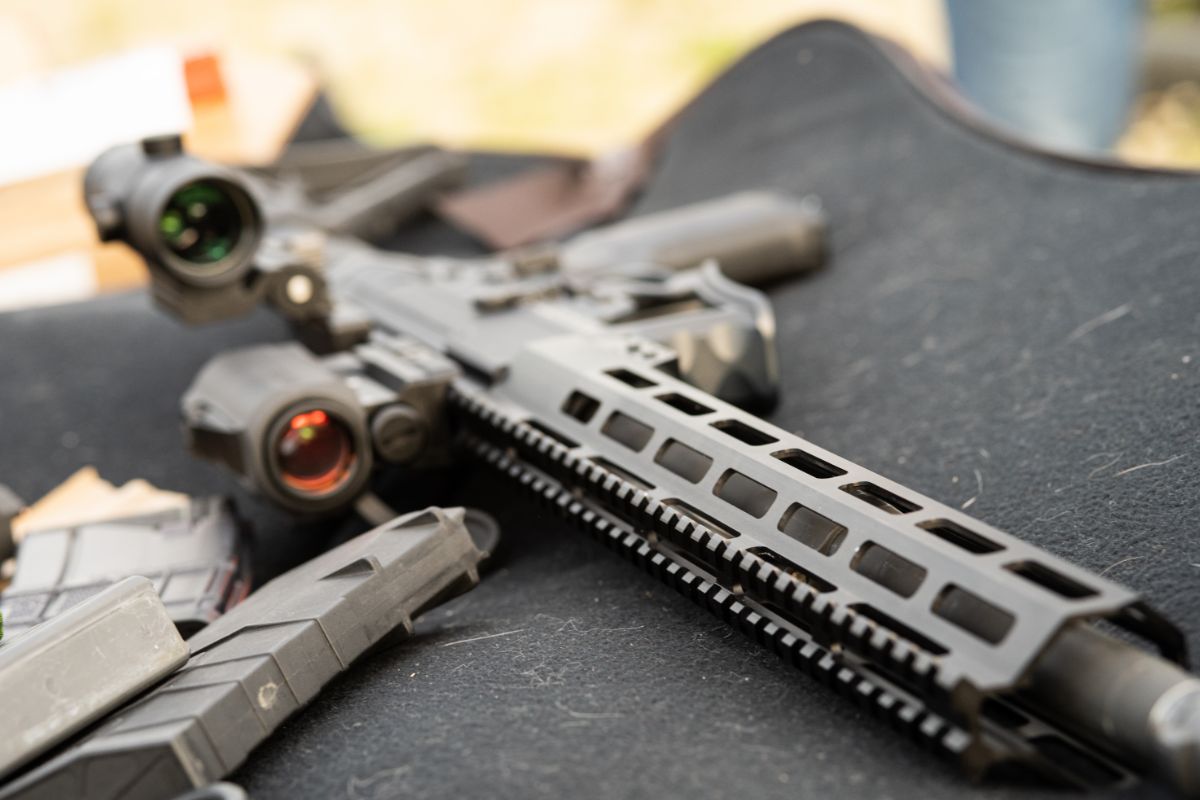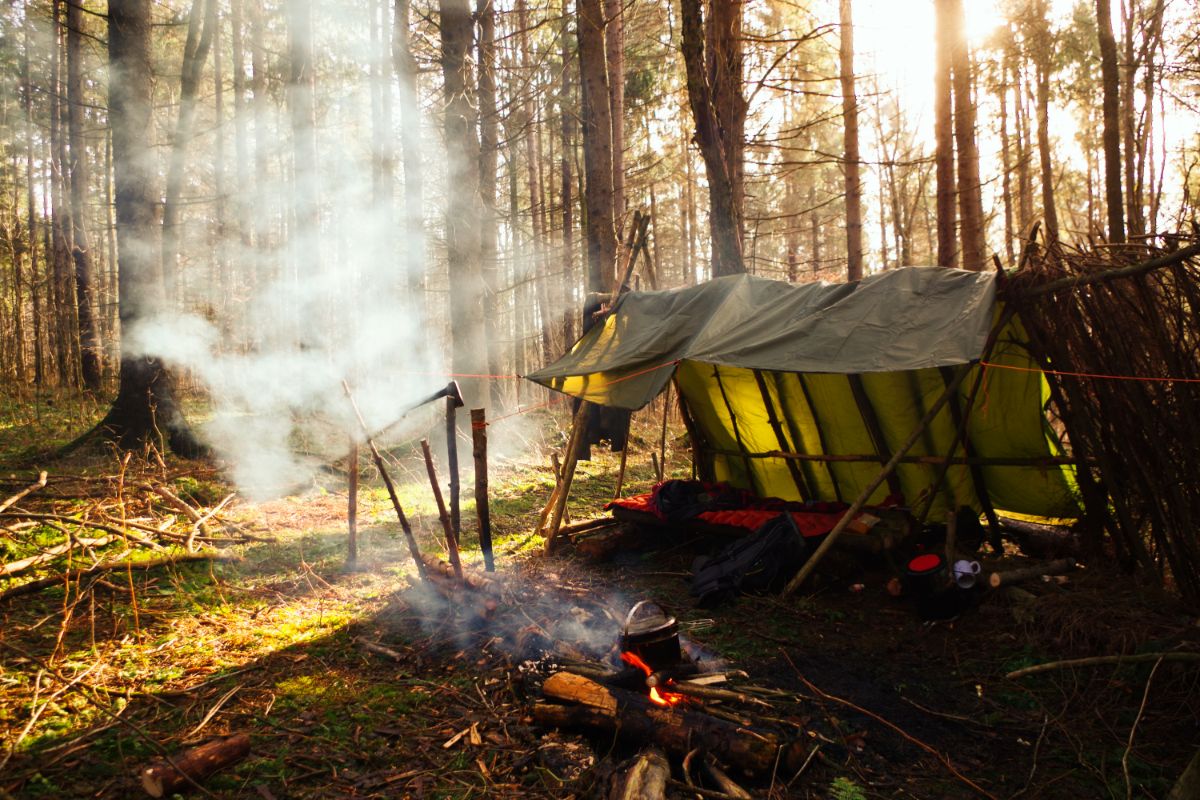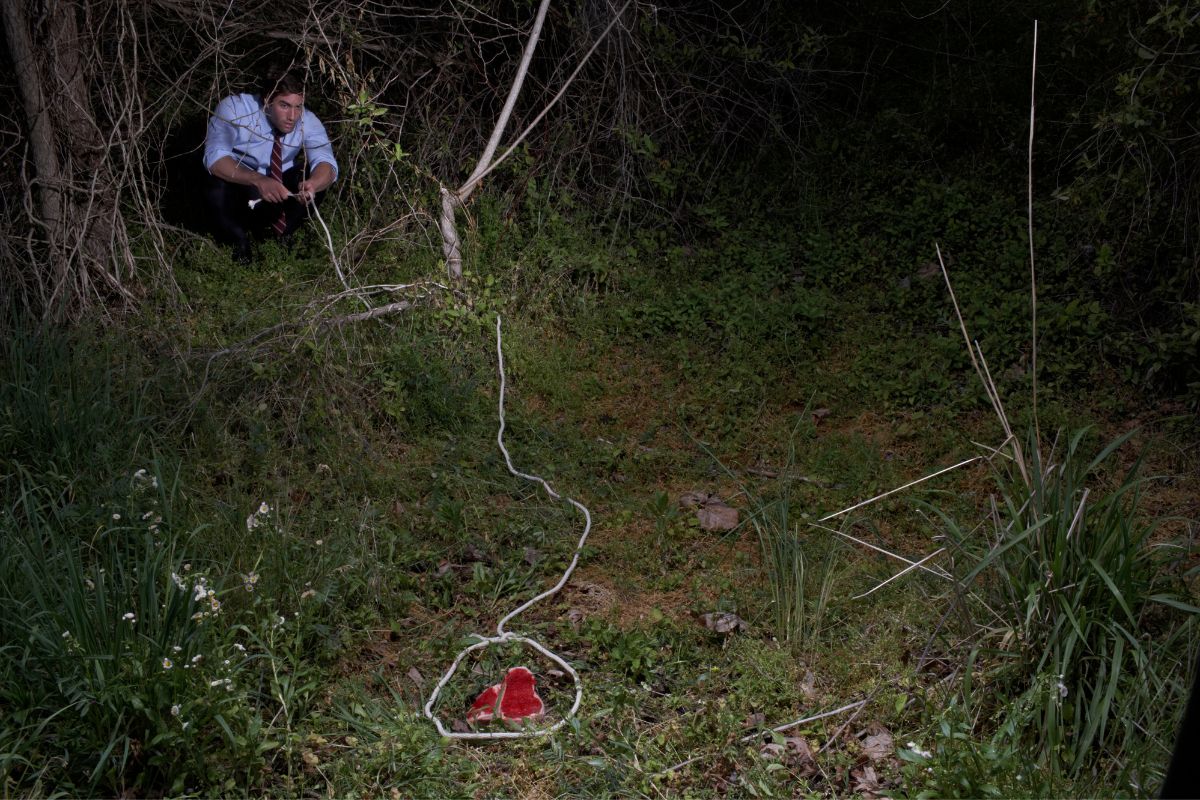Once your axe becomes dull, it can lose its effectiveness and even become dangerous when wielded. Clean cuts are the best sign that your axe is sharp enough yet if it becomes difficult and the axe glances off the wood instead, then it is time to sharpen it.
Yes, it can be time-consuming yet an effective and honed edge can save you time in the long run.
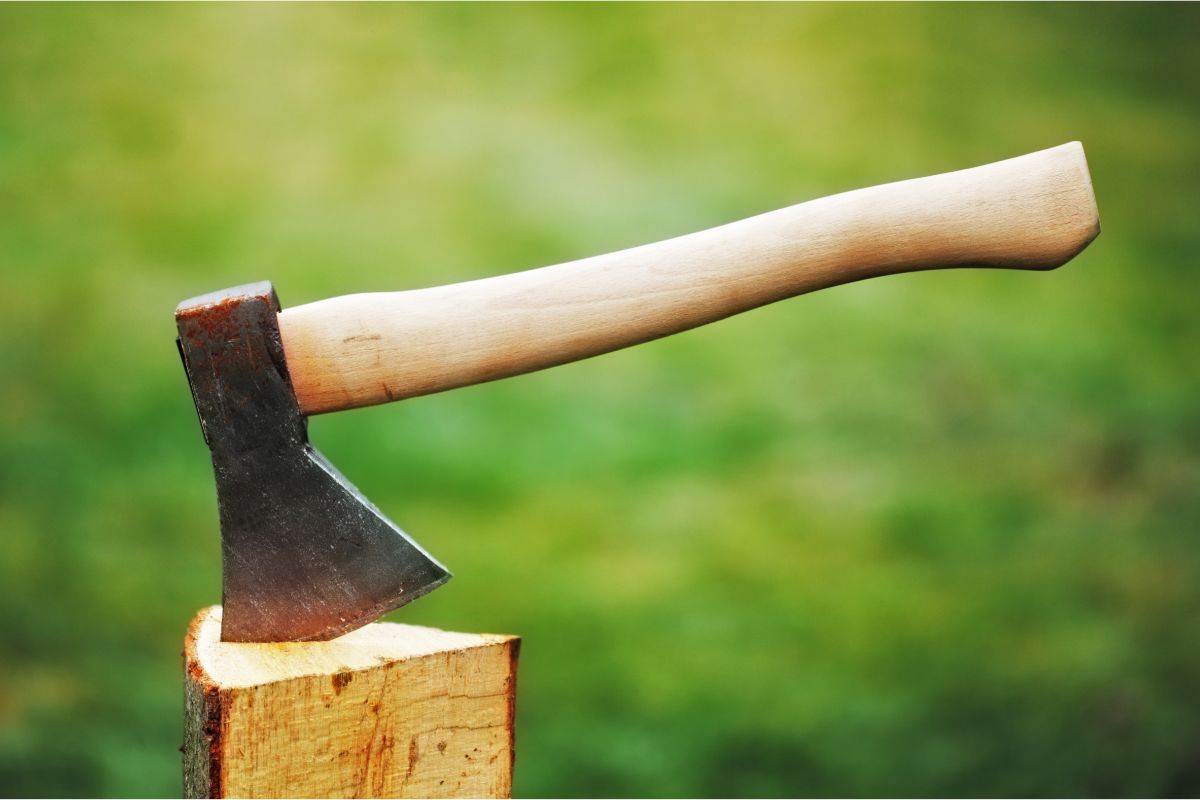
In this guide, we will look at how to file your axe and then how to sharpen it effectively.
Filing Your Axe
When handling your axe, you should be confident that you know how to use it. When it comes to filing and sharpening your axe, you need to take extra measures to protect your face and hands.
Find some thick leather gloves, a dust mask, and safety goggles to wear. Your file may come with a finger guard, but if not you can use a piece of leather with a slit to protect your fingers.
Clean Off That Rust
Use some steel wool or just a rust eraser to clean off any rust. Sand the axe with some silicon carbide sandpaper or find some coarse-grit aluminum oxide then repeat with sandpaper of finer grit.
You will need to keep the axe still so clamp it in a vice, horizontally so you can hold your file parallel with the table or vertically for an even edge.
Consider The Bevel
With the axe clamped, consider the bevel you desire, and whether you want to follow the blade’s curve (you can also measure the bevel and make a note of the angle before you begin).
Rest your thumb on the top of the file handle with the rest of the handle in the palm of your hand.
Use your shoulders to push into the file and perform a steady motion to go into the blade. Vary where you begin your stroke to cover the entire blade, from the axe’s head to the bottom.
Measure The Edge
Once you feel a burr, switch to the other side and repeat those same strokes and that same motion. If you want an exceptionally even edge, try to switch sides more than once and you can get a better idea of the overall sharpness.
At the point where you are happy with how sharp the blade is and removed the burr, measure it with a bevel gauge. Should the angle not be quite right, you can file the axe a bit more, and then check again.
Sharpening Your Axe
You can also use a specifically coarse whetstone to sharpen your axe, though you may also need some sewing machine oil or some honing oil for the very end of the axe’s edge.
Use the whetstone to sharpen both sides of the axe’s blade and alternate until the burr is almost gone.
You can use a circular motion to rub your whetstone onto the edge then check how sharp it is once the burr has been removed.
Some whetstones come with both a fine and coarse side, if not you can find a fine whetstone specific for the task. If you want an even sharper blade, use a separate fine whetstone, or the fine side of a single whetstone, and simply carry out the same motions.
You may want an exceptionally sharp edge so make sure that no light can be reflected. Right after sharpening your axe, you should look to protect it from rust with some light machine oil mixed with beeswax while the blade is still warm.
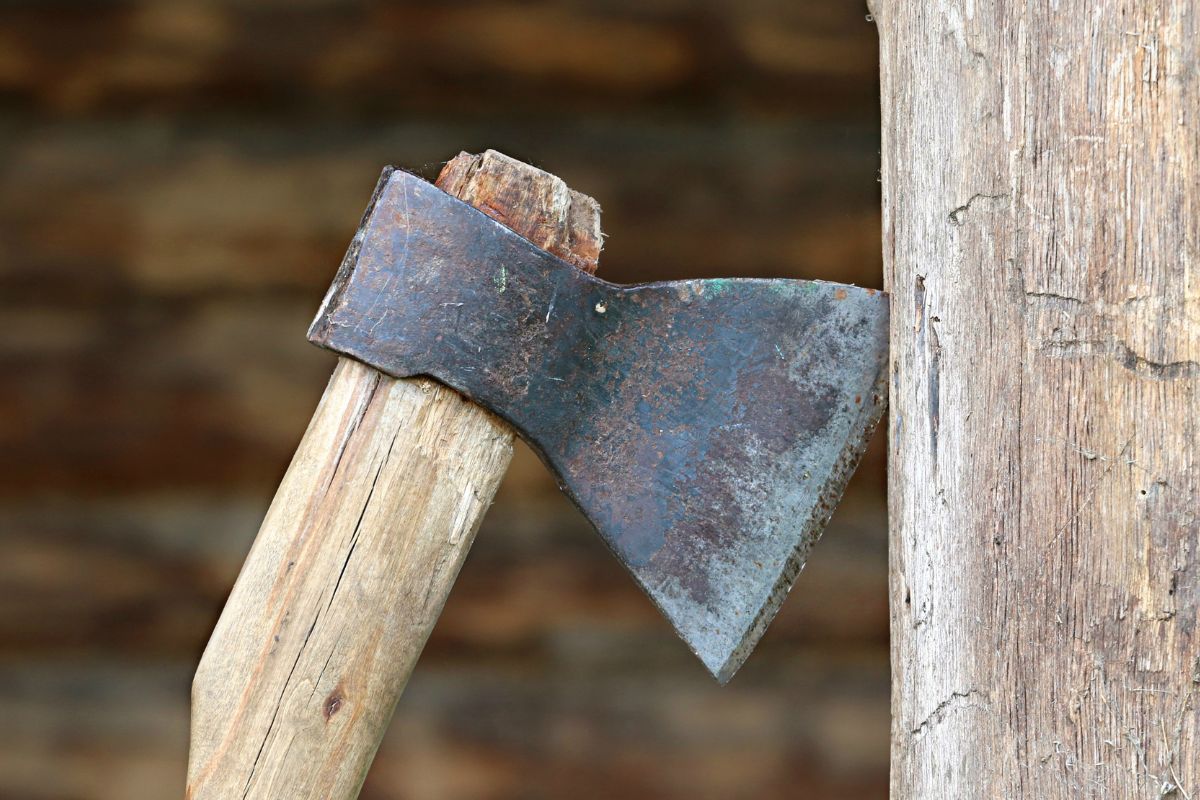
The Different Sharpness Of Axes
There are different levels of sharpness to be applied, depending on the axe itself. If you have a splitting axe for wood then the edge will be straight so it does not have to be especially sharp to get the job done.
However, a trekking axe should be exceptionally sharp so it can be used to remove so much material. A carving axe also has to be very sharp to work as intended, just like a felling axe.
Final Thoughts
When your axe becomes blunt, it should be obvious that it is time to sharpen it. That fluid motion of lining up a piece of wood and watching it come away just as intended will be familiar.
Once the axe behaves differently then you need to take action as it could become dangerous. Having to use more force and becoming less restrained in your movements could have dire consequences.
The sharpest blades will be able to chop based on your technique and the action will also seem almost effortless. You can use whetstones or files to sharpen a blunt axe and you should have an idea of how sharp you want it to be.
Like using the axe every other time, be careful with it as you can over-sharpen a blade. Look out for your posture and the motion that you use as both factors are important for the sharpening.
Frequently Asked Questions
Should My Axe Be As Sharp As A Razor Blade?
An axe does not have to be as sharp as a razor blade simply to split wood. However, for more intricate and creative work, your axe should be as sharp as can be.
This is if you want to do an excellent job of carving wood, kindly firewood or use your axe as you would a bush knife. If you want to be able to limb small branches then your axe will need to be as sharp as a razor blade.
Can An Axe Be Too Sharp?
You can go too far with sharpening your axe to the extent that the edge becomes too weak and thin. If there is less mass behind that edge, the axe will be weakened and even prone to breaking and chipping.
You can even sharpen your axe excessively and it will reduce the angle of the axe’s bevel. Sharpen your axe but with moderation as you can go too far.
- How To Make A Quick And Easy DIY Toilet For Camping - September 19, 2022
- How To Use A Knife For Self Defense - September 19, 2022
- How To Help The Elderly Recover From A Disaster - September 19, 2022

